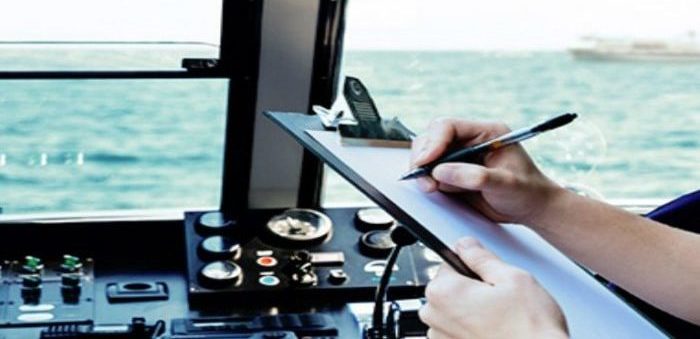Ship inspections are crucial for ensuring compliance with the Maritime Labour Convention, and therefore, decent living and working conditions for seafarers. Rear Admiral Luigi Giardino of the Italian Coast Guard explains how such inspections are carried out and what their consequences might be.
Talking to ILO News, Mr. Giardino said that the decision to inspect a ship entering Italian ports is based on the ship’s risk profile, indications of a serious threat to the safety of the ship, or the existence of a complaint.
Regarding Italy alone, the country carried out 1,362 inspections of ships that called at its ports and anchorages during 2018. These inspections showed that the most serious problems include a lack of evidence that seafarers are trained and certified as competent, or qualified to perform their duties. In addition, persons under the age of 16 were found working on board. In such cases the ship is detained until these issues are corrected.
Moreover, Mr. Giardino mentioned that the top five issues in 27 countries in Europe, plus Russia and Canada, have to do with:
- Maintenance of sanitary facilities;
- Ropes and wires in bad condition;
- Missing protection for machines’ rotating parts;
- Electrical problems;
- Missing personal protective equipment, or if this equipment is available, it might not be used or worn by the crew during the normal operation of the ship.
However, there are a lot more deficiencies found as well. There might not be enough food, or it might not be stored at a cold enough temperature. In addition, there are problems with heating, air conditioning or ventilation, while cleanliness, including of the engine room, sleeping quarters, toilets or galley (kitchen) is also a problem. What is more, problems are found with the wages of the crew, which sometimes are not being paid.
With respect to fatigue, Mr. Giardino said that ships’ inspections compare work and rest time records with the ship’s log book and drills record. They also interview the crew, especially the lower ranks. If they notice inability to stay awake, slow responses and difficulty in concentrating, then these would be indications that the crew is fatigued.
As far as the state of the ship us concerned, structural deficiencies, like corrosion, loss of function of equipment or a system because careless use, cracking and buckling, could affect crew safety, so the inspections report these and assign a time limit to mitigate the deficiencies.
In case the requirements of the Convention are not met, flag state officers can withdraw certification or apply sanctions according to national law. Nevertheless, Mr. Giardino mentioned that there less deficiencies nowadays:
“I think the maritime industry realizes that ratification benefits seafarers, ship-owners, flag states, port states and labour-supplying states. It is in the economic interest of the shipowner not to have any deficiencies, or to quickly and effectively correct them when they arise. Detention of a ship for even a few hours has high costs, and is a black mark on the flag’s performance record”
Source – https://safety4sea.com/how-ship-inspections-work-and-their-possible-consequences/

